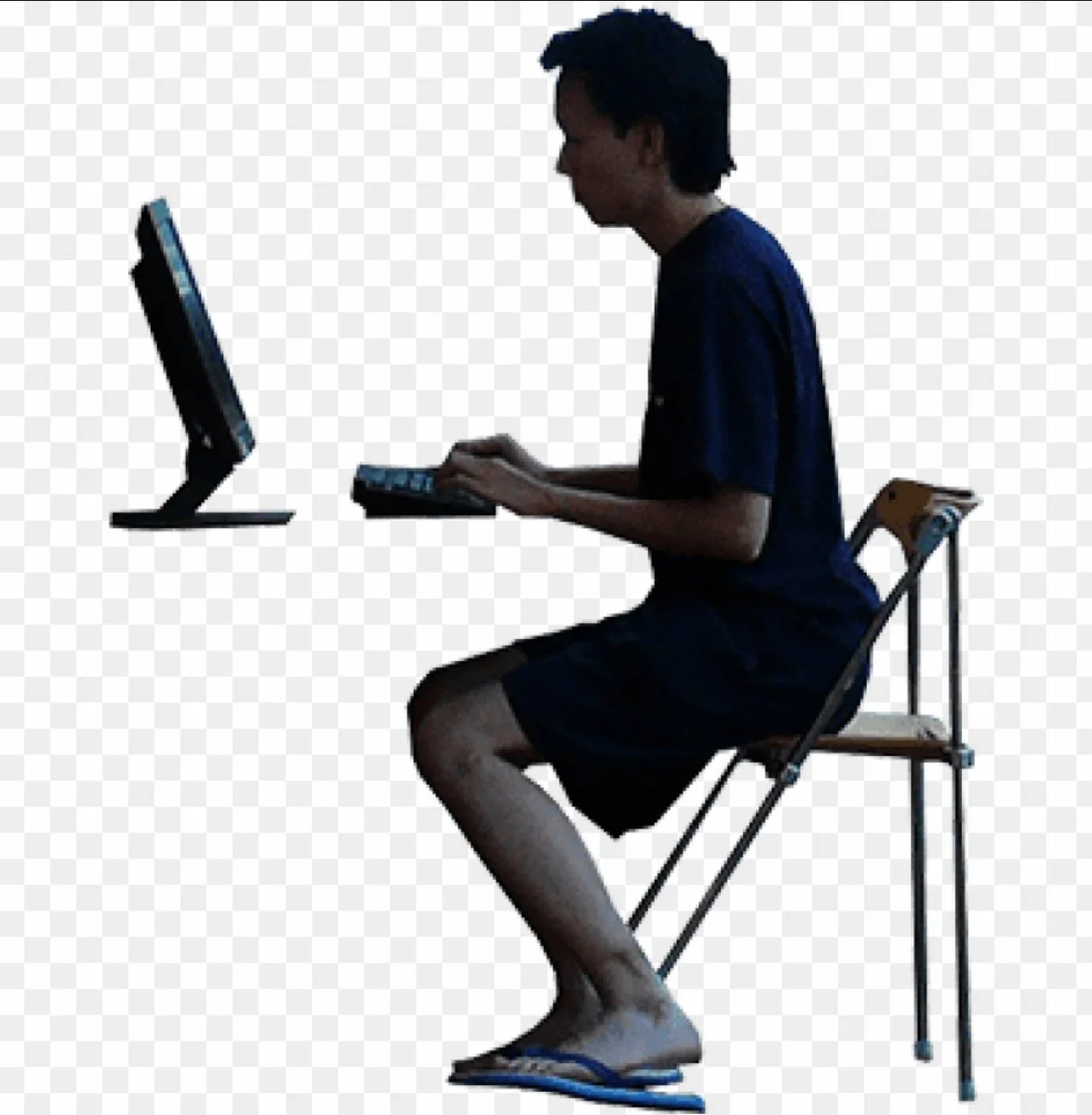The Adverse Effects of Sitting on Posture: Unveiling the Hidden Perils
Introduction:
In today's sedentary lifestyle, prolonged sitting has become the norm for many individuals. While it may seem harmless, sitting for extended periods can have a significant impact on our posture. Poor posture not only affects our physical appearance but can also lead to a wide range of health issues. In this blog, we will delve into the adverse effects of sitting on posture and explore the hidden perils it poses to our overall well-being.
The Anatomy of Posture:
Posture refers to the alignment and positioning of our body while sitting, standing, or moving. It is essential for maintaining proper balance and functionality. The human body is designed to move, and when we sit for long durations, we compromise our natural posture. The spine, which plays a vital role in maintaining posture, is particularly affected. The excessive pressure exerted on the spine while sitting incorrectly can lead to misalignment and various musculoskeletal issues.
The Hidden Dangers of Sitting:
Sitting for prolonged periods can have a multitude of negative effects on our posture. Here are some of the hidden dangers:
1. Muscle Imbalances: Sitting for extended periods causes certain muscles to become weak and others to become overly tight. The hip flexors and hamstrings tend to tighten, while the glutes and core muscles weaken. These muscle imbalances can pull the body out of alignment, leading to poor posture.
2. Spinal Misalignment: Sitting with a hunched back or slouched shoulders places excessive strain on the spine, causing it to lose its natural curves. This misalignment can lead to conditions like kyphosis (rounded upper back), lordosis (excessive inward curve of the lower back), and scoliosis (sideways curvature of the spine).
3. Neck and Shoulder Issues: Constantly looking down at screens while sitting can strain the neck and upper back muscles, leading to the development of neck pain, stiffness, and rounded shoulders.
4. Weakened Core Muscles: Sitting for long durations weakens the core muscles responsible for stabilising the spine and maintaining proper posture. This can lead to instability, back pain, and an increased risk of injuries.
The Domino Effect on Health:
Poor posture resulting from sitting can have a domino effect on our overall health. The negative consequences may include:
1. Reduced Lung Capacity: Slouched posture restricts the expansion of the lungs, reducing oxygen intake and leading to shallow breathing, which can negatively impact overall respiratory health.
2. Digestive Issues: Sitting with poor posture can compress the organs in the abdominal area, hindering digestion and causing issues like acid reflux, constipation, and bloating.
3. Mental and Emotional Well-being: Studies have shown a connection between posture and mood. Slouched posture is associated with decreased energy levels, low self-esteem, and increased feelings of depression and anxiety.
Improving Posture and Mitigating the Effects:
While it may be challenging to avoid sitting entirely, there are several steps we can take to improve posture and minimise the adverse effects:
1. Ergonomic Setups: Utilise ergonomic chairs and workstations that promote proper posture. Ensure your chair provides adequate lumbar support and encourages an upright sitting position.
2. Frequent Movement Breaks: Take regular breaks from sitting by incorporating short bursts of physical activity or stretching exercises. Even a brief walk or standing up and stretching can help alleviate muscle tension and promote better posture.
3. Posture Awareness: Be conscious of your posture throughout the day. Make a habit of sitting up straight, keeping your shoulders relaxed, and maintaining a neutral spine alignment.

